DIY hydroponic garden ideas – 5 easy set-ups that are cheap to make
Indoor growing can be easy and low cost – all you need is a repurposed container and the right conditions to grow plants without soil
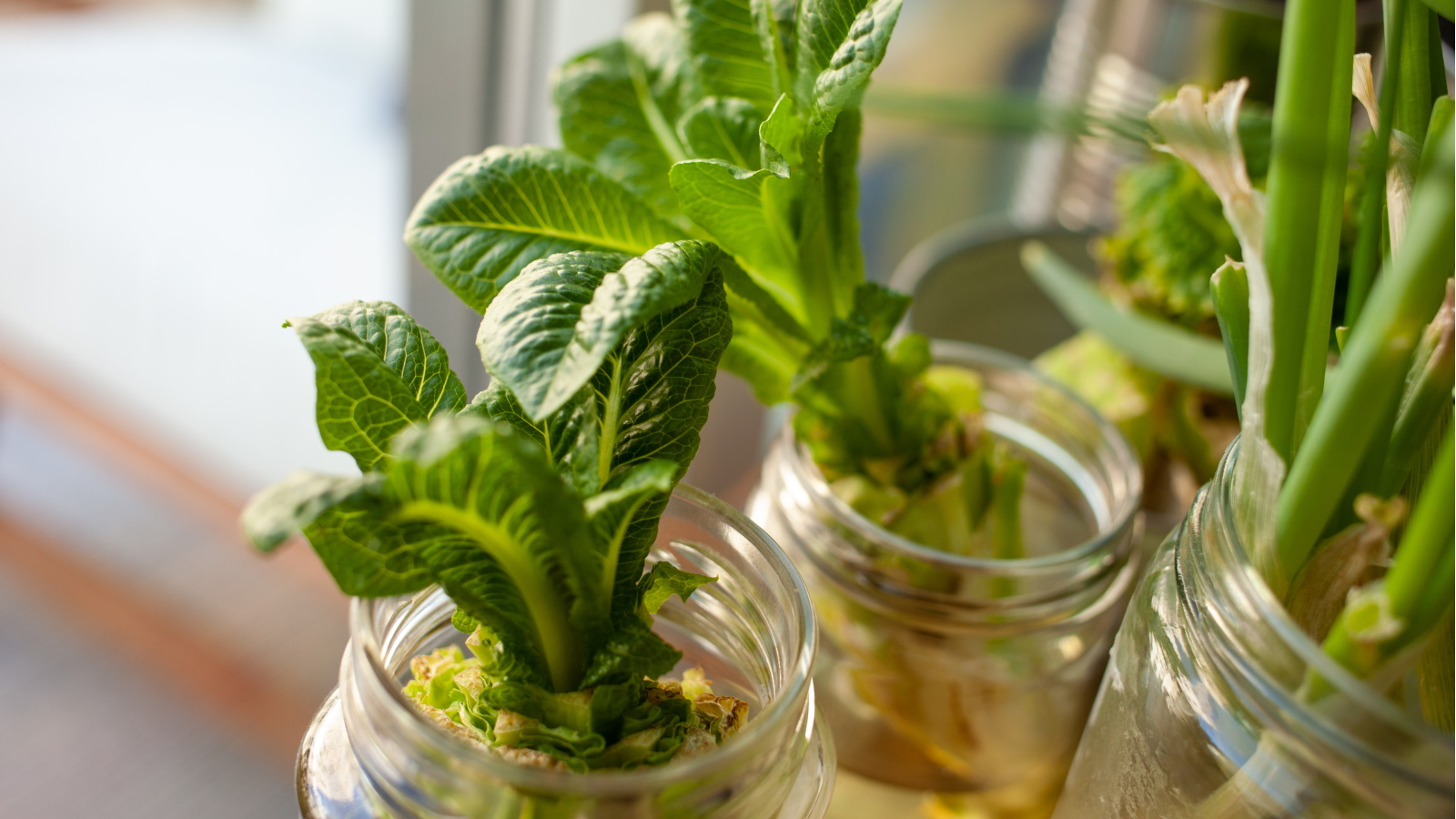

Hydroponic gardening is a practice that opens up so many opportunities for indoor gardeners. Crops and plants that were once tricky to grow indoors are now easy to grow at home thanks to the science of water culture.
One of the negatives on the list of pros and cons of hydroponic gardening, however, is it can be quite expensive to get your hands on a commercially available hydroponic system. There's no denying this piece of tech, which often includes water pumps, grow lights, heaters, and more, aids successful hydroponic gardening and makes a neat feature in your home, but it does come at a price - they can typically cost anywhere between $60 to hundreds of dollars.
While this is an investment worth making if you're eager to take on hydroponic gardening on a larger scale, those who are just starting to experiment with growing plants in water may be less keen on the price tag. That's why I'm excited to have discovered some of the best DIY hydroponic garden ideas that actually work and are incredibly low cost - or even free - to make.

5 easy and affordable DIY hydroponic garden ideas
Hydroponic gardening simply refers to growing plants without soil and in a water-based solutions instead. While there are plenty of commercially available indoor growing systems, like this hydroponic growing kit from Amazon, it's straightforward to make a DIY hydroponic garden using items you already have at home. Here are five ideas to get you started:
1. Glass jars
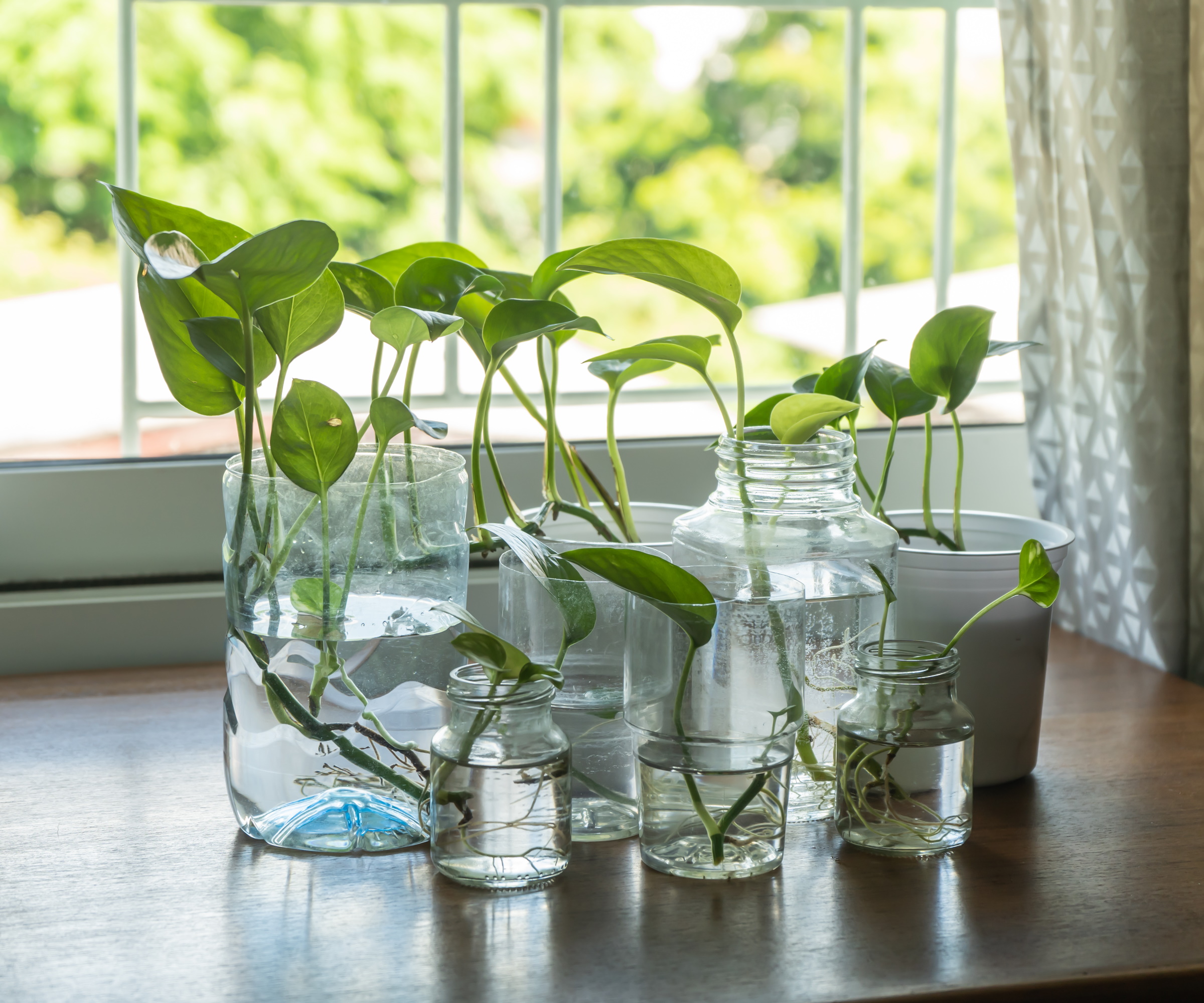
This is a method I've often used, working well for propagating the easiest houseplants to grow from cuttings and growing an indoor herb garden.
'Glass jars make a good choice for a small hydroponic garden,' says Julie Bawden-Davis, indoor plant expert at Healthy Houseplants. 'Just make sure to change the water weekly and apply a small amount of fertilizer monthly in the spring and summer months,' she advises.
Failing to change the water is a common hydroponic gardening mistake that leaves your hydroponic plants susceptible to a range of pests and diseases. This is especially important when using a DIY hydroponic garden that doesn't have a filter or pump to clean the water.
The beauty of using clear jars is you can observe the water levels and cleanliness for changing. I also find this particularly useful for observing root development.
As Julie notes, when using this, or any other hydroponic method, it's beneficial to add fertilizer during your plant's active growth season to ensure they receive all the essential plant nutrients they can't get from water alone.
To aid the success of this DIY set-up, you can optionally place the jars on a heat mat (from Amazon) and install grow lights (from Amazon) above it. Both of these tools will speed up houseplant propagation and rooting if you're using hydroponics for propagation.

Julie Bawden-Davis is a garden author and University of California Certified Master Gardener, who has written several gardening books, including Indoor Gardening The Organic Way. In addition to running HealthyHouseplants.com, she shares indoor gardening advice on her YouTube channel @HealthyHouseplants.
2. Styrofoam boxes
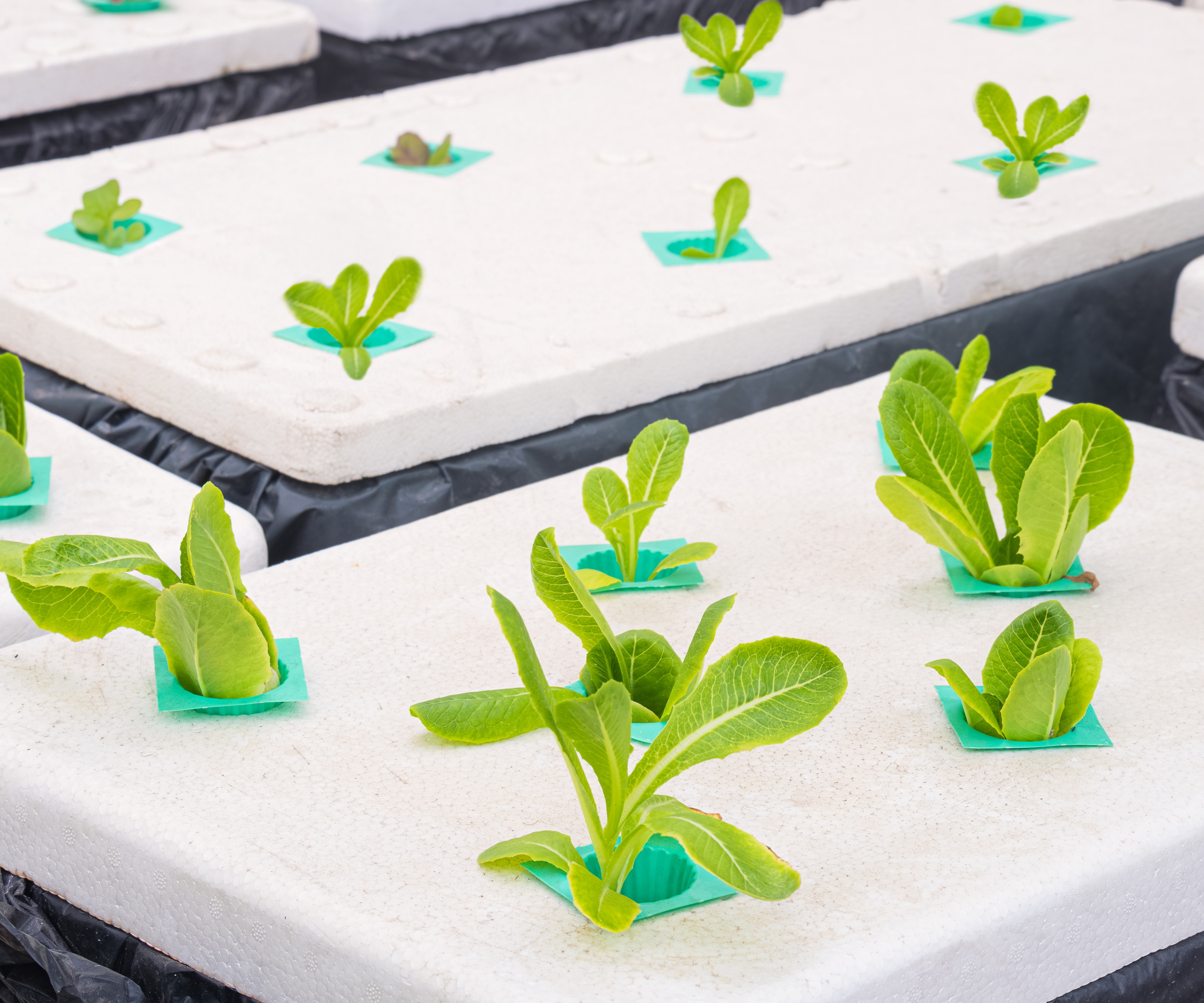
This is an effective DIY hydroponic garden for kitchen gardens. In particular, it works well for leafy vegetables like growing lettuce indoors. All you need is an old Styrofoam box and a lid to go along with it.
'Styrofoam boxes are great because they're fairly sturdy and will last for quite a while. Plus, these things aren't really recyclable, so this is a great way to repurpose them,' says Annette Hird, vegetable growing expert at Easy Urban Gardens.
'The box will hold the water and nutrient solution, plus an air stone (from Walmart) to oxygenate the solution. You then need to cut the lid so that it can float just inside the rim of the box, and cut some round holes in the lid to fit net pots into,' Annette explains.
The net pots (available at Amazon) is where you will plant your seeds. One way to ensure they fit in the holes is placing them upside down on the lid and drawing around them. You should then cut slightly smaller than your outline so the pots are suspended when placed in the holes.
'I recommend planting seeds in rockwool (from Walmart) and placing it in the net pot so it floats in the water,' Annette advises.
Make sure to keep your Styrofoam hydroponic garden somewhere warm and bright to aid seed germination and plant growth.

Annette Hird has an Associate Diploma in Horticulture and is an urban gardening expert. She has worked as a professional propagator and managed, maintained and improved many urban and rural gardens. She also enjoys growing her own fruit, vegetables, herbs and flowers as well as many different types of ornamental plants.
3. Plastic and metal buckets
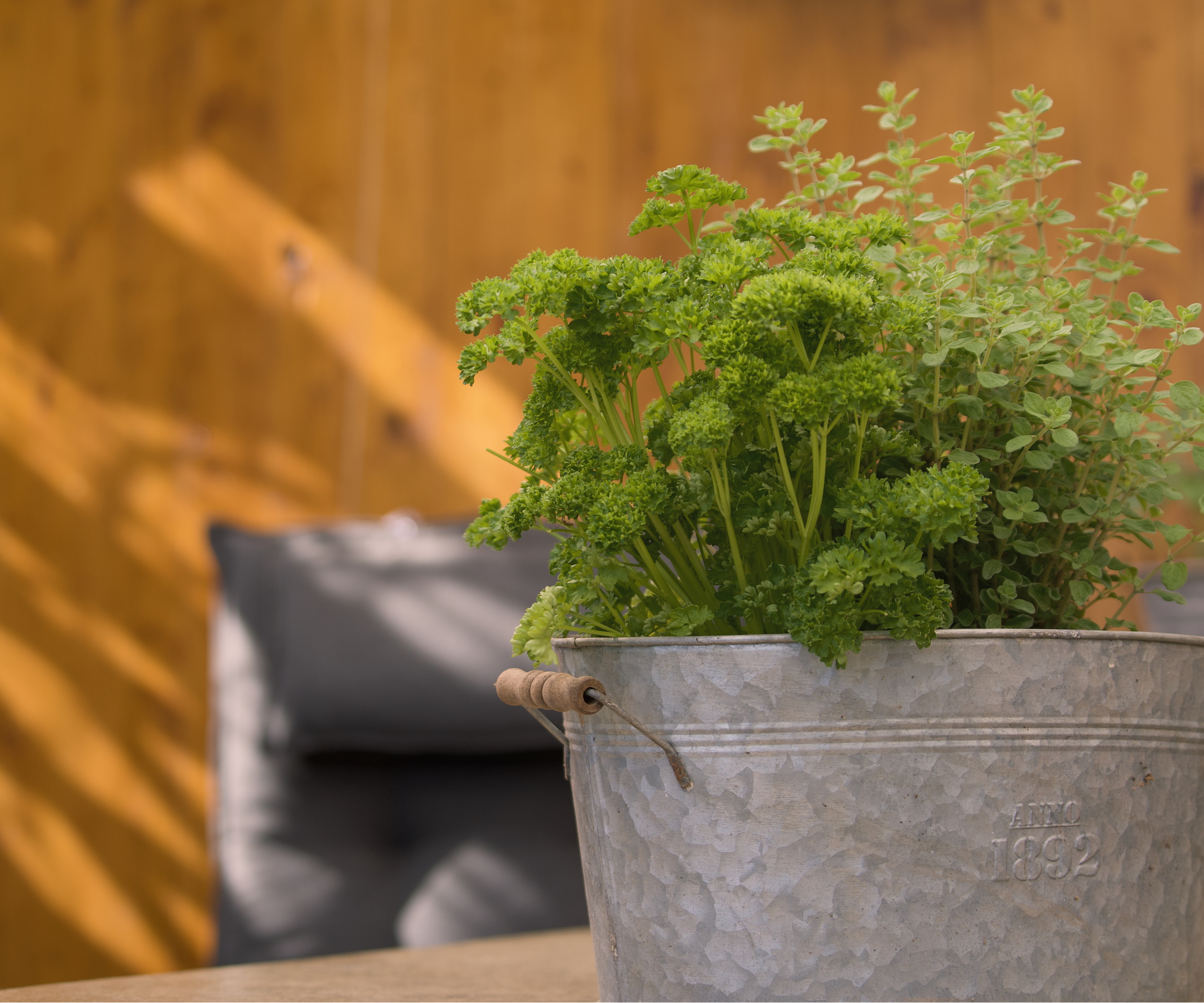
This is perhaps the cheapest and easiest DIY hydroponic garden on this list: 'For larger plants or multiple plants, a bucket can be converted into a hydroponic system that does not require a pump,' says indoor growing expert and owner of Perfect Plants Nursery, Alex Kantor.
Working in a similar way to repurposing a Styrofoam box, take an unused plastic or metal bucket, fill it with water and, 'suspend net pots with plants in the solution, and ensure the roots have access to oxygen,' says Alex. 'Monitor nutrient levels and maintain proper lighting for best results,' he adds.
While this can work well in all kinds of buckets and containers, your may find clear buckets - like these ones from Amazon - the most beneficial for observing root development and monitoring water levels.
If you want to grow vining vegetables and other plants hydroponically, this can be a good option. It offers a sufficiently sized base to host the water and roots of your plants and you can then add these plant stakes (from Amazon) for plants that need staking. Alternatively, incorporate a trellis to support your climbing hydroponic plants.

Alex has worked in the horticultural industry for over 20 years and grew up on the farm since his childhood years. Alex is an expert on landscape trees, shrubs, and indoor plants. He is passionate about growing and helping others learn the trade.
4. Unused aquariums
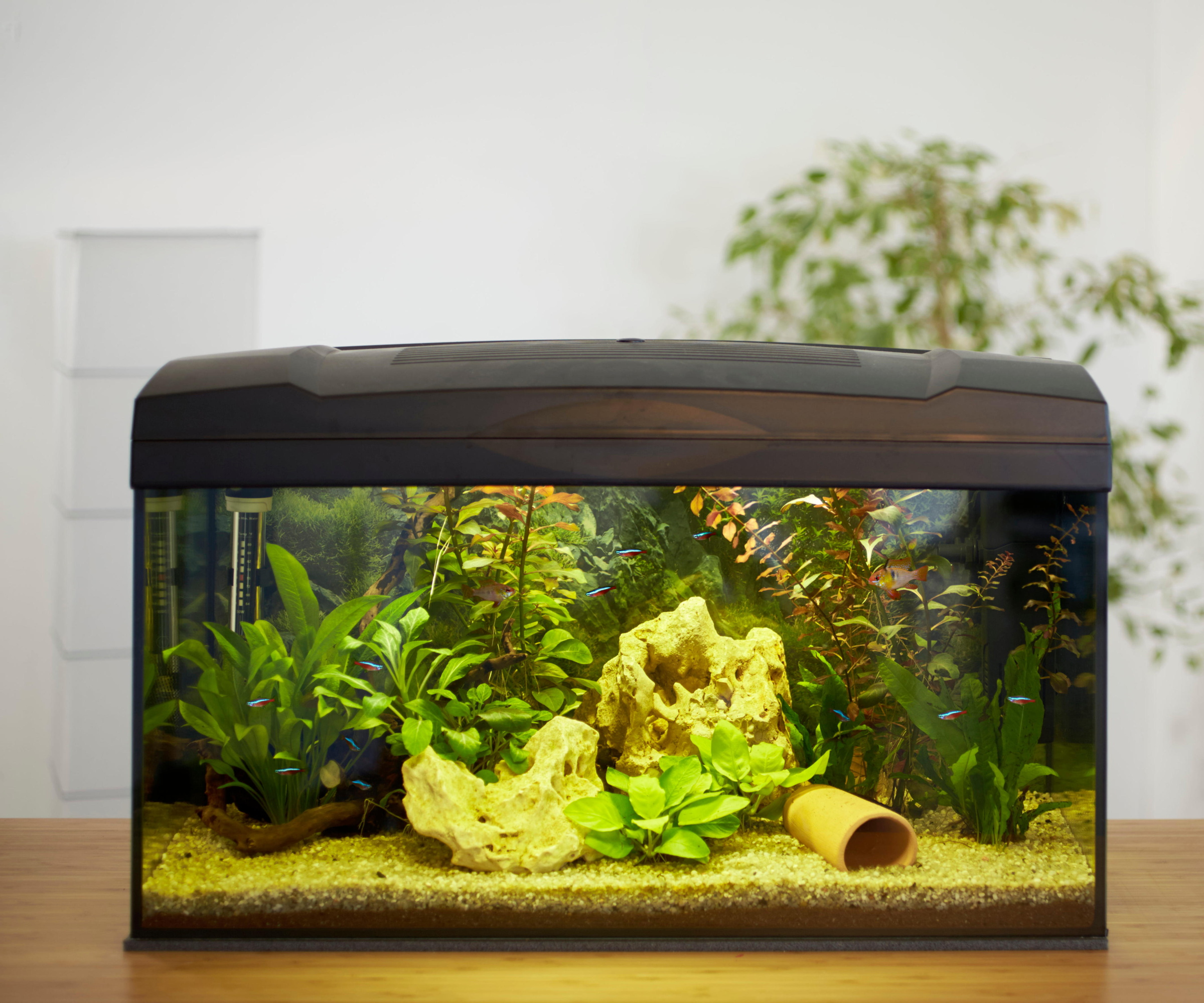
This one might sound odd, but the truth is an unused aquarium is the perfect vessel to house hydroponic plants in.
'Aquariums make excellent hydroponic gardens,' says Julie Bawden-Davis. 'You can install a small pump for cleaning and aerating the water,' she adds.
Water pumps - like this aquarium pump from Amazon - are often much more affordable than hydroponic systems. By also adding grow lights for houseplants, you can have a set-up that is very similar to commercially available hydroponic kits. These strip grow lights from Amazon would work particularly well for this kind of DIY hydroponic garden.
'You also need to use pH up or down (from Amazon), depending on the type of plants,' Julie advises. 'Make sure to do water changes every two to four weeks and feed plants with a hydroponic fertilizer,' she adds.
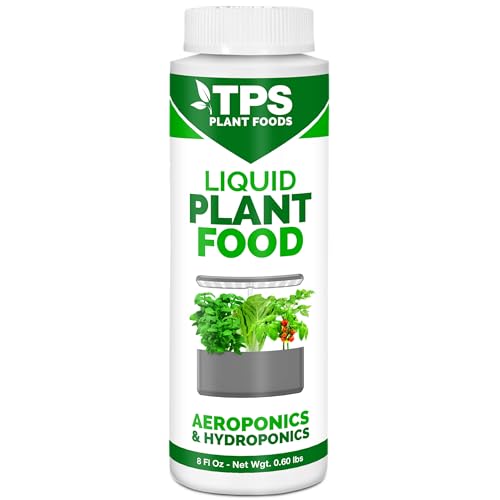
This liquid plant food is perfect hydroponic growing. This fertilizer is packed with vital nutrients to support rapid and luscious growth.
5. PVC pipes
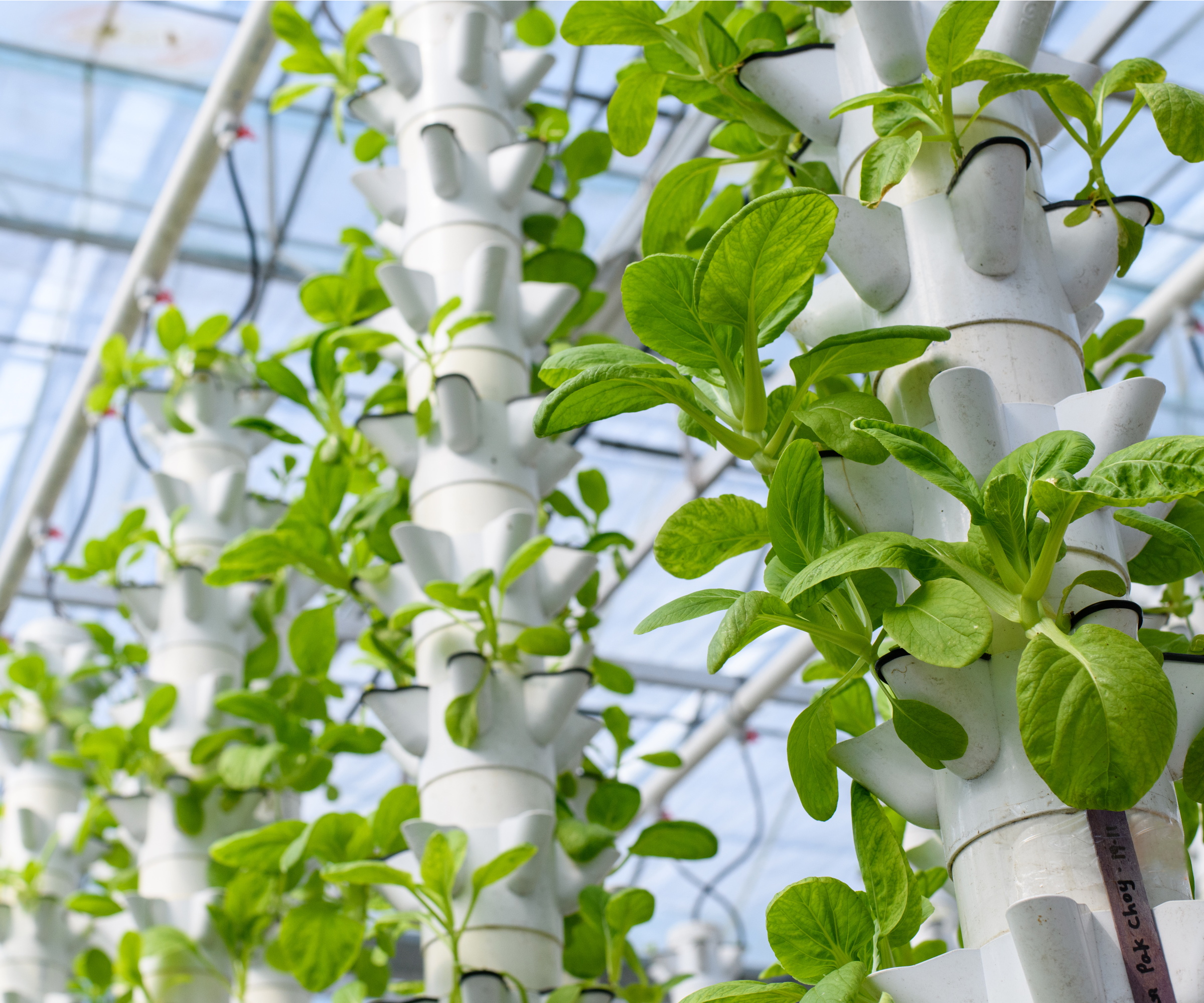
To recreate the vertical garden ideas present in agricultural hydroponic growing, you can use PVC pipes for a DIY hydroponic garden. This may be better suited to your yard, but it is possible to create a small-scale one for indoors.
'Create a vertical hydroponic system using PVC pipes by drilling holes at regular intervals to insert cups or a container for plants,' Alex describes. 'You can then circulate a nutrient water solution through the pipes using a submersible pump (from Amazon),' he explains.
One thing to keep in mind with this DIY hydroponic garden is you will need to ensure water is being distributed to all plants equally. It's also wise to connect a reservoir container (like a bucket or tub) to either end of the pipe to hold excess water.
This one requires a little more effort than the others, but will give you a more professional look. Plus, it can be a unique addition to living wall ideas.
FAQs
Why is my DIY hydroponic garden not working?
More often than not, DIY hydroponic gardens won't work if you aren't supplying plants with extra nutrients (from a hydroponic fertilizer, for example). This is because plants cannot receive all the nutrients they need for growth from water alone. Other factors that may be impacting your DIY hydroponic garden success are lighting and temperature. Your garden needs to be kept somewhere with optimal conditions for the plants you are trying to grow in it. Make sure to also change out the water regularly to ensure your plants aren't at risk of damage from pests and diseases.
Can you grow houseplants hydroponically?
Yes, it is possible to grow many houseplants hydroponically. Not only can you root houseplant cuttings in water as a propagation technique, you can grow some houseplants in water permanently. This incudes epiphytic plants, like growing orchids in water and growing monsteras in water, which don't rely on soil for nutrients to grow. However, not all houseplants will thrive well hydroponically, so it's worth researching on a case-by-case basis.
With hydroponic houseplants set to be a top houseplant trend for the year ahead, I'll definitely be trying more than one of these DIY hydroponic garden ideas. It's a great way to start experimenting with growing plants without soil and growing plants in water all year round in an affordable way. Just remember to continue fulfilling the needs and requirements of the plants you are growing while keeping on top of hydroponic best practice, otherwise your plants may struggle to grow well in their DIY home.
Sign up to the Homes & Gardens newsletter
Design expertise in your inbox – from inspiring decorating ideas and beautiful celebrity homes to practical gardening advice and shopping round-ups.

Tenielle is a Gardens News Writer at Homes & Gardens. She holds a qualification in MA Magazine Journalism and has over six years of journalistic experience. Before coming to Homes & Gardens, Tenielle was in the editorial department at the Royal Horticultural Society and worked on The Garden magazine. As our in-house houseplant expert, Tenielle writes on a range of solutions to houseplant problems, as well as other 'how to' guides, inspiring garden projects, and the latest gardening news. When she isn't writing, Tenielle can be found propagating her ever-growing collection of indoor plants, helping others overcome common houseplant pests and diseases, volunteering at a local gardening club, and attending gardening workshops, like a composting masterclass.
-
 Diane Keaton's former Lloyd Wright-designed home is a mid-century modern treasure trove – it's listed for $12.8 million
Diane Keaton's former Lloyd Wright-designed home is a mid-century modern treasure trove – it's listed for $12.8 millionThe actress purchased an iconic property in the Pacific Palisades, which she lovingly renovated – today, it's as timeless as ever (and in need of a new owner)
-
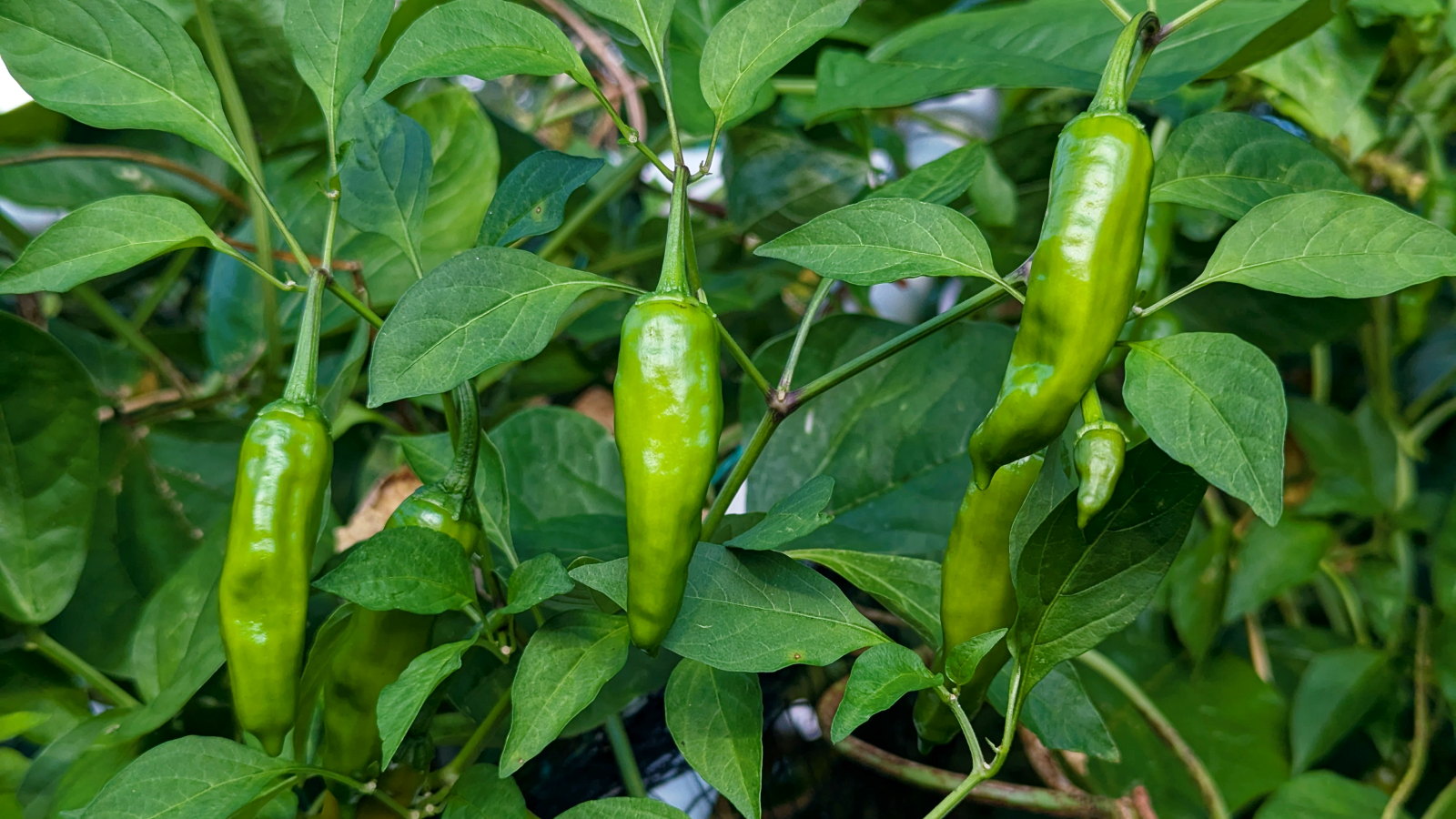 Do you prefer your peppers milder instead of fiery? If so, this could be the perfect solution – here’s how to grow shishito peppers
Do you prefer your peppers milder instead of fiery? If so, this could be the perfect solution – here’s how to grow shishito peppersGet large harvests of small, slender, green shishito peppers from each plant